The vast majority of SARS-CoV-2 transmission occurs indoors, most of it from the inhalation of airborne particles that contain the coronavirus. The best way to prevent the virus from spreading in a home or business would be to simply keep infected people away. But this is hard to do when an estimated 40% of cases are asymptomatic and asymptomatic people can still spread the coronavirus to others.
Masks do a decent job at keeping the virus from spreading into the environment, but if an infected person is inside a building, inevitably some virus will escape into the air.
I am a professor of mechanical engineering at the University of Colorado Boulder. Much of my work has focused on how to control the transmission of airborne infectious diseases indoors, and I’ve been asked by my own university, my kids’ schools, and even the Alaska State Legislature for advice on how to make indoor spaces safe during this pandemic.
Once the virus escapes into the air inside a building, you have two options: bring in fresh air from outside or remove the virus from the air inside the building.
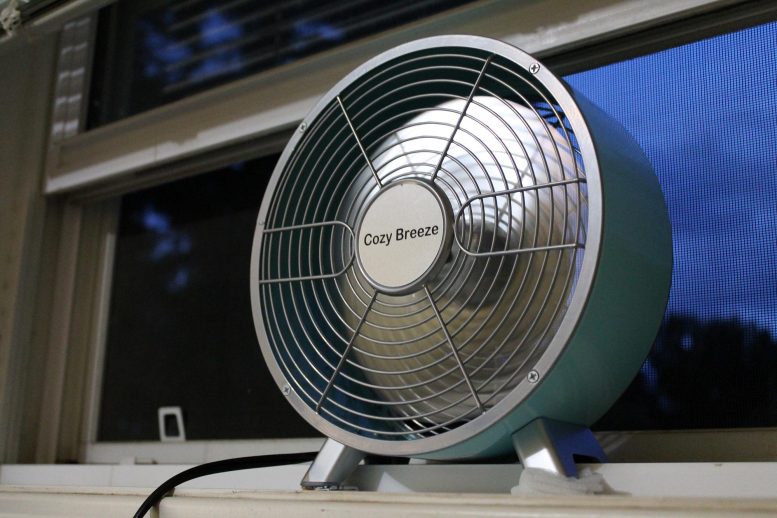
All of the air in a room should be replaced with fresh, outside air at least six times per hour if there are a few people inside.
It’s all about fresh, outside air
The safest indoor space is one that constantly has lots of outside air replacing the stale air inside.
In commercial buildings, outside air is usually pumped in through heating, ventilating, and air-conditioning (HVAC) systems. In homes, outside air gets in through open windows and doors, in addition to seeping in through various nooks and crannies.
Simply put, the more fresh, outside air inside a building, the better. Bringing in this air dilutes any contaminant in a building, whether a virus or a something else, and reduces the exposure of anyone inside. Environmental engineers like me quantify how much outside air is getting into a building using a measure called the air exchange rate. This number quantifies the number of times the air inside a building gets replaced with air from outside in an hour.
While the exact rate depends on the number of people and size of the room, most experts consider roughly six air changes an hour to be good for a 10-foot-by-10-foot (3-meter-by 3-meter) room with three to four people in it. In a pandemic this should be higher, with one study from 2016 suggesting that an exchange rate of nine times per hour reduced the spread of SARS, MERS and H1N1 in a Hong Kong hospital.
Many buildings in the U.S., especially schools, do not meet recommended ventilation rates. Thankfully, it can be pretty easy to get more outside air into a building. Keeping windows and doors open is a good start. Putting a box fan in a window blowing out can greatly increase air exchange too. In buildings that don’t have operable windows, you can change the mechanical ventilation system to increase how much air it is pumping. But in any room, the more people inside, the faster the air should be replaced.
Using CO2 to measure air circulation
So how do you know if the room you’re in has enough air exchange? It’s actually a pretty hard number to calculate. But there’s an easy-to-measure proxy that can help. Every time you exhale, you release CO2 into the air. Since the coronavirus is most often spread by breathing, coughing or talking, you can use CO2 levels to see if the room is filling up with potentially infectious exhalations. The CO2 level lets you estimate if enough fresh outside air is getting in.
Outdoors, CO2 levels are just above 400 parts per million (ppm). A well ventilated room will have around 800 ppm of CO2. Any higher than that and it is a sign the room might need more ventilation.
Last year, researchers in Taiwan reported on the effect of ventilation on a tuberculosis outbreak at Taipei University. Many of the rooms in the school were underventilated and had CO2 levels above 3,000 ppm. When engineers improved air circulation and got CO2 levels under 600 ppm, the outbreak completely stopped. According to the research, the increase in ventilation was responsible for 97% of the decrease in transmission.
Since the coronavirus is spread through the air, higher CO2 levels in a room likely mean there is a higher chance of transmission if an infected person is inside. Based on the study above, I recommend trying to keep the CO2 levels below 600 ppm. You can buy good CO2 meters for around $100 online; just make sure that they are accurate to within 50 ppm.
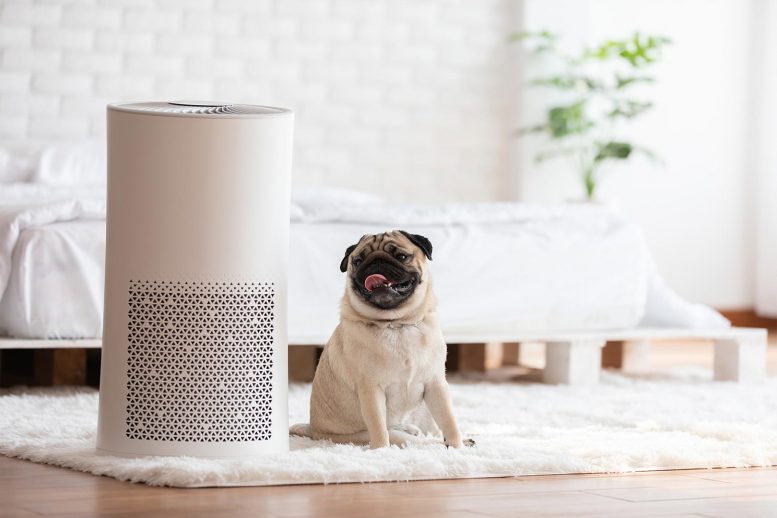
If a room doesn’t have good ventilation, an air cleaner or air purifier with a good filter can remove particles that may contain the coronavirus.
Air cleaners
If you are in a room that can’t get enough outside air for dilution, consider an air cleaner, also commonly called air purifier. These machines remove particles from the air, usually using a filter made of tightly woven fibers. They can capture particles containing bacteria and viruses and can help reduce disease transmission.
The U.S. Environmental Protection Agency says that air cleaners can do this for the coronavirus, but not all air cleaners are equal. Before you go out and buy one, there are a few things to keep in mind.
The first thing to consider is how effective an air cleaner’s filter is. Your best option is a cleaner that uses a high-efficiency particulate air (HEPA) filter, as these remove more than 99.97% of all particle sizes.
The second thing to consider is how powerful the cleaner is. The bigger the room – or the more people in it – the more air needs to be cleaned. I worked with some colleagues at Harvard to put together a tool to help teachers and schools determine how powerful of an air cleaner you need for different classroom sizes.
The last thing to consider is the validity of the claims made by the company producing the air cleaner.
The Association of Home Appliance Manufacturers certifies air cleaners, so the AHAM Verified seal is a good place to start. Additionally, the California Air Resources Board has a list of air cleaners that are certified as safe and effective, though not all of them use HEPA filters.
Keep air fresh or get outside
Both the World Health Organization and U.S. Centers for Disease Control and Prevention say that poor ventilation increases the risk of transmitting the coronavirus.
If you are in control of your indoor environment, make sure you are getting enough fresh air from outside circulating into the building. A CO2 monitor can help give you a clue if there is enough ventilation, and if CO2 levels start going up, open some windows and take a break outside. If you can’t get enough fresh air into a room, an air cleaner might be a good idea. If you do get an air cleaner, be aware that they don’t remove CO2, so even though the air might be safer, CO2 levels could still be high in the room.
If you walk into a building and it feels hot, stuffy, and crowded, chances are that there is not enough ventilation. Turn around and leave.
By paying attention to air circulation and filtration, improving them where you can, and staying away from places where you can’t, you can add another powerful tool to your anti-coronavirus toolkit.
Written by Shelly Miller a Professor of Mechanical Engineering at the University of Colorado Boulder
Adapted from an article originally published on The Conversation.![]()

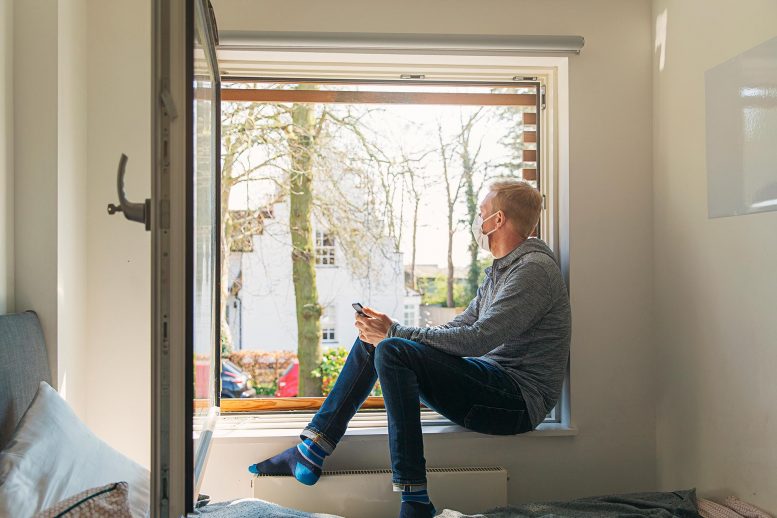
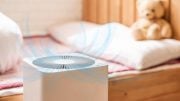
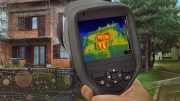
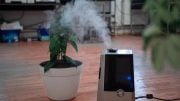
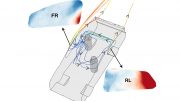
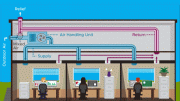
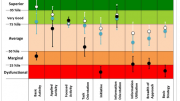

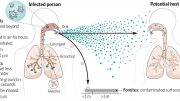
No mention of a heat-recovery ventilator (HRV) to provide a continuous flow of fresh outdoor air?